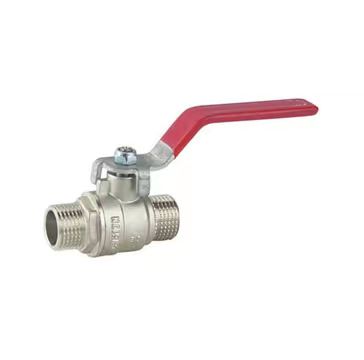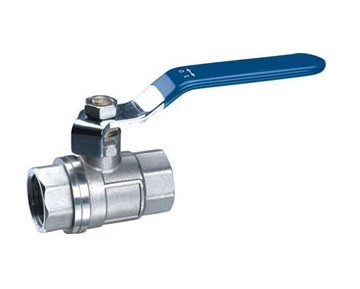Selection methods for valves at different temperatures
Time : 2024/1/26 14:11:21
Valves are commonly used in our daily lives, and nowadays, the criteria for selecting valves vary. What are the methods for selecting valves at different temperatures? Now let's introduce it to everyone!

Firstly, when selecting a valve due to high temperatures, it is important to consider using shell and internal materials with high-temperature strength, such as austenitic stainless steel, bi-directional stainless steel, etc. The materials used shall not bond, deform, or creep due to high temperature. The gap cannot be too small. When the temperature is extremely high, suitable valve types include throttle valves and butterfly valves. The valve body structure can be considered to have heat dissipation fins, and the valve internals should be made of heat-resistant materials. If the temperature has exceeded the temperature range that the metal can withstand, special valves with ceramic lining can be considered, and a cooling jacket structure can also be used for circulating water cooling. Keep the internal metal within the allowable stress range.
When the temperature is below -29 ℃, low-temperature resistant shell and interior materials should be selected. In the low temperature range of -29~-196 ℃, it is required that the shell material and interior material have sufficient impact toughness. Special measures must be taken to maintain the thermal capacity of the valve, to prevent it from being subjected to cooling loads, and to keep the temperature of the packing box above 0 ℃.

There should be measures to prevent abnormal voltage rise. After the valve is closed, a portion of liquid will remain in the valve chamber. As time goes on, some liquid will remain in the valve chamber. As time goes on, these residual liquids in the valve chamber will gradually absorb heat from the atmosphere, rise to room temperature, and re vaporize. After vaporization, its volume rapidly expands, increasing by about 600 times, resulting in extremely high pressure that acts on the inside of the valve body. This situation is called abnormal pressure rise. This is a phenomenon unique to low-temperature valves. This abnormal pressure increase will cause the valve plate to press tightly against the valve seat, resulting in the valve plate not being able to open. At this point, high pressure will push out the middle flange or damage the packing; Even valve cover rupture caused serious accidents.
Therefore, in order to avoid such situations, pressure balancing holes or exhaust holes are generally set up, which are relatively simple and have been widely used.








